Hisense U6G ULED TV
One-minute review
The Hisense U6G may not offer all the fancy bells and whistles that you would expect from more expensive options, but it still offers an excellent image quality for a TV in this price range.
To wit, those features include support for Dolby Vision, HDR10+, and more. The TV offers up to 600 nits of brightness, which is fine for most situations, and while panels on this TV may not be overly consistent, under normal viewing you won’t really notice any blotchiness or blooming.
The TV comes with Google’s Android TV, which is getting more and more responsive as TVs get more powerful. It’s not bad here at all, and while you may still have to wait a second or two every now and then, for the most part, you’ll be able to get where you need to in a timely matter.
At a starting price of $500 for the 50-inch model, you can’t do much better in this price range, especially if you either like Android TV or plan on using an external streaming device. Most competitors either don’t offer local dimming, don’t get as bright, or offer an inferior software experience.
Price and release date
- The Hisense U6G is the cheapest in Hisense’s new lineup.
- It starts at $500 for the 50-inch model, and is now available.
The Hisense H6G is the cheapest in the Hisense 2021 TV lineup. It starts at just $500 for the 50-inch model, and ranges up to $1,100 for the 75-inch model. It’s now available from the Hisense website, Amazon, and Best Buy.
Here are the complete model names and prices:
- The 50-inch Hisense 50U6G is available for $499.99
- The 55-inch Hisense 55U6G is available for $549.99
- The 65-inch Hisense 65U6G is available for $749.99
- The 75-inch Hisense 75U6G is available for $1,199.99
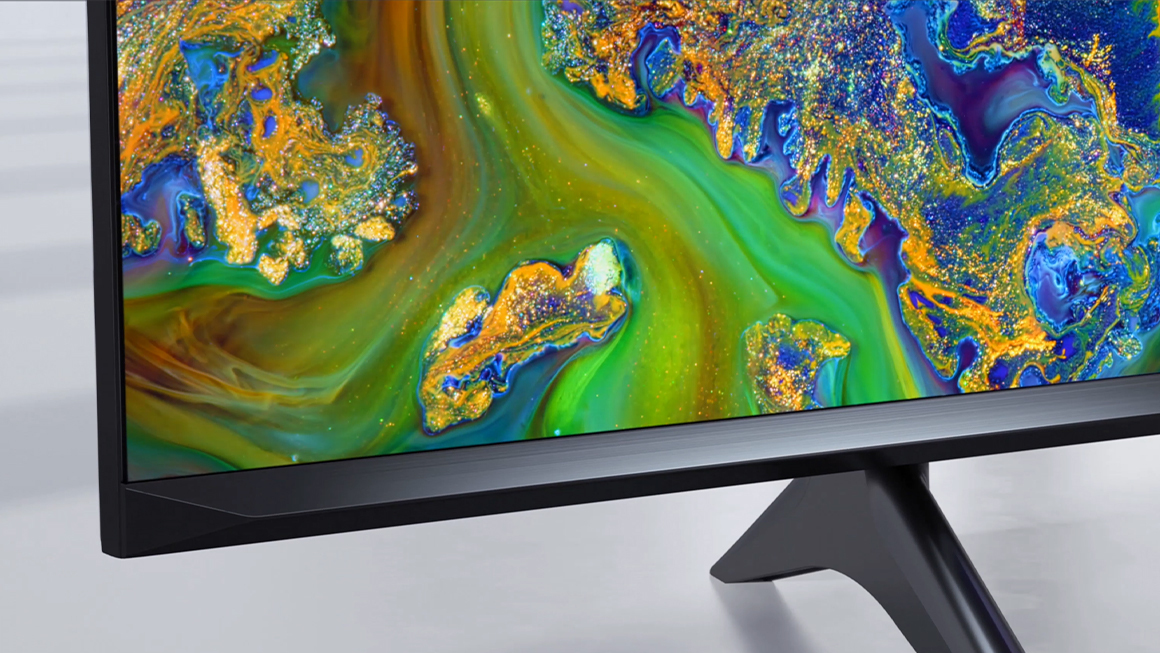
Design
- The Hisense U6G looks relatively nice, but its design is a little basic.
- The remote is a little much in 2021, especially compared to the likes of a Roku TV remote or Apple TV remote.
- The legs are made from plastic, but you won’t notice unless you really look close.
The Hisense U6G may sit at the budget end of the company’s revamped TV lineup, but it still offers a solid design. No, it’s not as premium-looking as a much more expensive TV might be, but bezels are still relatively slim, legs are sleek and stylish, and in general, the TV looks good. The bezels, legs, and everything else, are made from black or dark gray materials, and it generally looks good.
The legs themselves are made from plastic, unlike some other TVs in this price range; however, it’s not a cheap plastic and should still be able to hold the TV up perfectly fine. It doesn’t look cheap from a distance or at a glance, so guests won’t be able to tell that there’s plastic involved unless they get up close and personal.
On the back of the TV, you’ll get all your ports and connections. The TV offers a total of four HDMI ports, three of which are side-facing and one of which is back facing. You’ll also get an optical output for audio, two USB ports for power, an Ethernet port, and AV in ports. It’s a solid selection of ports, and more than enough for streaming devices, gaming consoles, and so on.
The remote’s design is perfectly fine, but it’s a bit dated. In a world of stripped-back Apple TV and Google Chromecast remotes, the U6G’s remote is a little intimidating. You’ll get full channel controls, software controls, Google Assistant controls, quick-access buttons for six streaming services, volume controls, and so on.
Generally speaking, the Hisense U6G and the remote offer a solid design. This is a budget TV and you won’t get an overly premium design – but the design that is here will still look good in most homes.
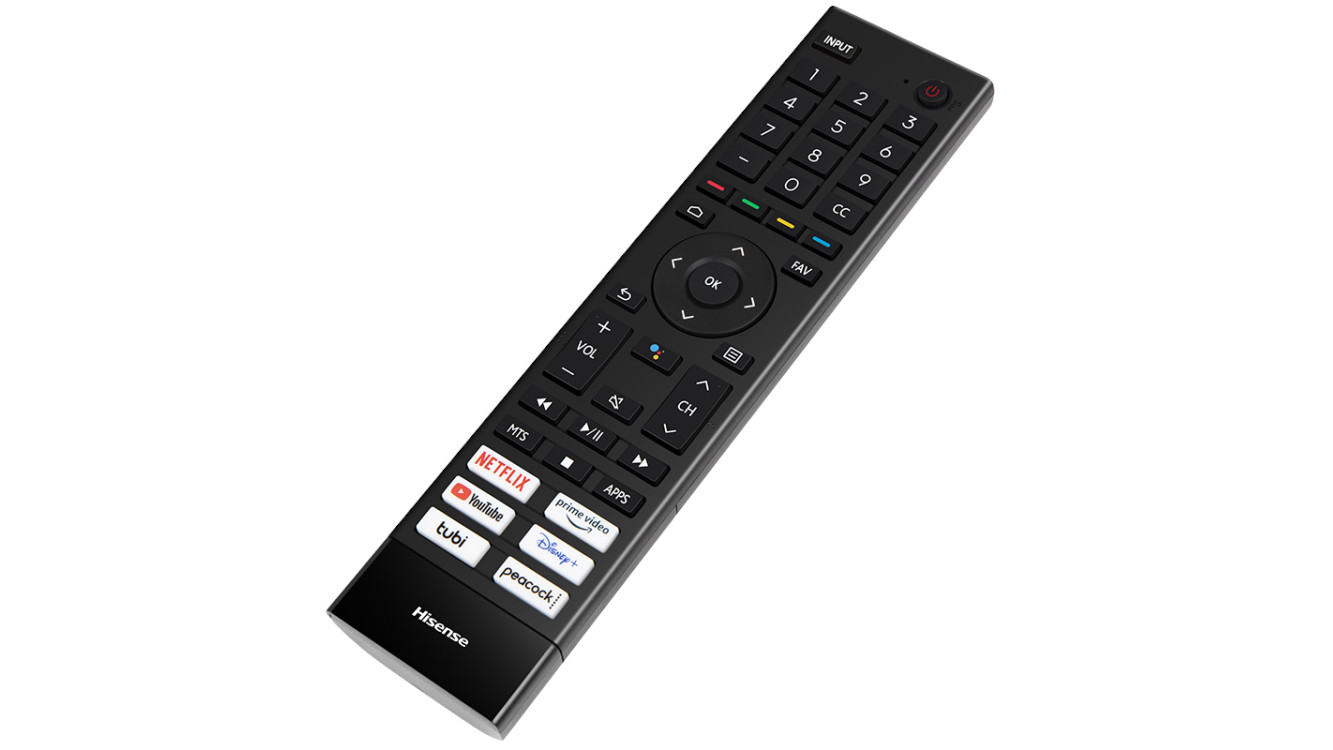
Smart TV (Android TV)
- Android TV used to be slow and sluggish on anything except the highest-end TVs, but it’s not bad on the Hisense U6G.
- Excellent integration with Google’s ecosystem of products, and has Google Assistant built right in.
The Hisense U6G ships with Android TV, which integrates excellently with Google’s ecosystem of products, and at this point in time, works pretty well. There were years when Android TV worked slowly and poorly on any but the highest-end TVs, but that has thankfully changed over the past year or so. Admittedly, streaming devices like the Apple TV 4K is still far more responsive, but you’ll be able to make your way around Android TV relatively easily.
The remote offers controls for your smart TV, but the way it controls your TV out of the box isn’t all that smart. By default, it works through infrared, which means that it requires line-of-sight but to use some of the smart features, like Google Assistant, you’ll be prompted to pair the remote through Bluetooth. It’s a little weird that you have to pair the remote manually and it really should be paired out of the box.
For the uninitiated, Android TV basically offers a row of apps at the top of the UI, along with rows of content for each app under that. It’s a solidly designed interface, and if you’ve never used it before, you’ll get used to it.
App support, similarly, is quite good. Android TV supports most major apps including Netflix, Hulu, HBO, YouTube and others and there's even recommendations based on shows and films you've previously watched.
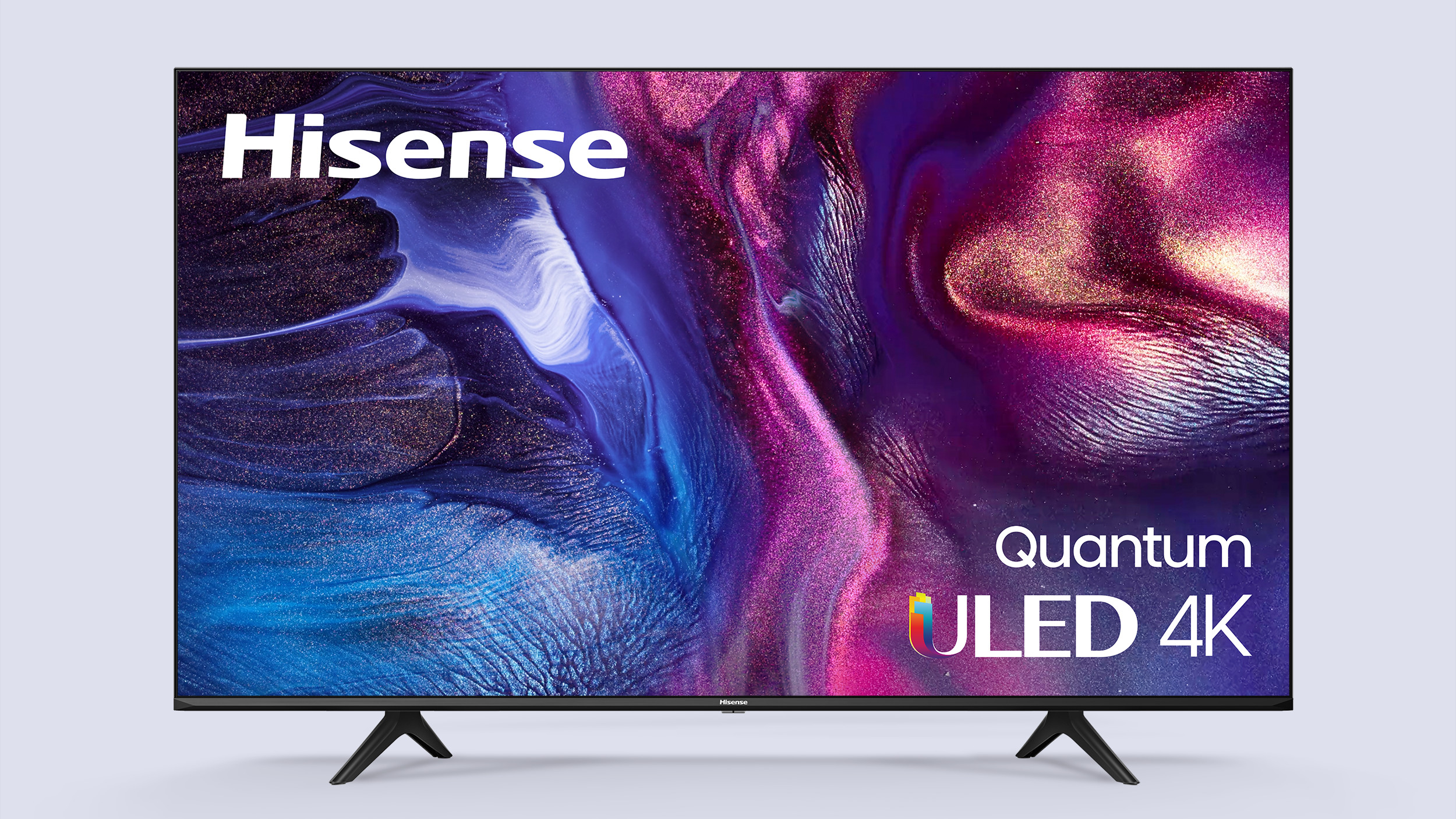
Picture quality
- The Hisense U6G supports Dolby Vision, HDR10+, and HLG
- For basic use, the U6G offers an excellent image quality, even though it doesn’t have the most consistent panel out there.
Hisense’s ULED technology has been a hit – ULED TVs offer bright, vivid colors and deep black levels on a budget, and the Hisense U6G is no exception to that rule. The TV offers a 4K resolution, support for Dolby Vision, HDR10+, and HLG, and 60 local dimming zones to ensure deeper, more natural black levels.
The H6G is at the low end of Hisense’s new TV lineup, but it still offer an excellent image quality for a TV in its price range.
The TV offers a range of image modes for different viewing preferences. Out of the box you’ll get seven HDR modes, including a game mode and a sport mode. Most of the time, I kept it on HDR Standard, which offered more than enough brightness for my usually-dark living room. If you feel comfortable doing so, we would recommend experimenting with the viewing modes to find the best for your situation.
So what are the trade-offs for buying the lowest-end TV in Hisense’s new range? Well, while 60 dimming zones is fine, it’s not amazing — and you’ll get more on Hisense’s more expensive offerings. This should make for less blooming — on the U6G there was some blooming around bright objects, especially near the edges of the display. You’ll get a more consistent experience. On the U6G there was some splotchiness, again especially near the edges.
But the truth is that without an eagle-eye, and in regular viewing you’re unlikely to really notice these issues, and given the price range, the TV still displayed beautifully bright, vivid, and contrast-y images.
Now, the TV doesn’t do much more than offer an excellent image quality. That’s to say, shell out a little more and you can get the U7G, which has the 120Hz panel, HDMI 2.1, and VRR tech that might appeal to gamers. If you’re looking for bells and whistles, the Hisense U6G isn’t the TV for you – but if all you care about is a good viewing experience, you’ll get it here.
Watching HDR-supportive content like Apple TV+’s Tiny World was an immersive, beautiful experience. Watching lower-resolution content is a decent experience too. The TV’s upscaling tech is pretty good, and while not amazing, you’ll definitely forget that you’re not watching 4K content as long as the original source is 1,080p or so.
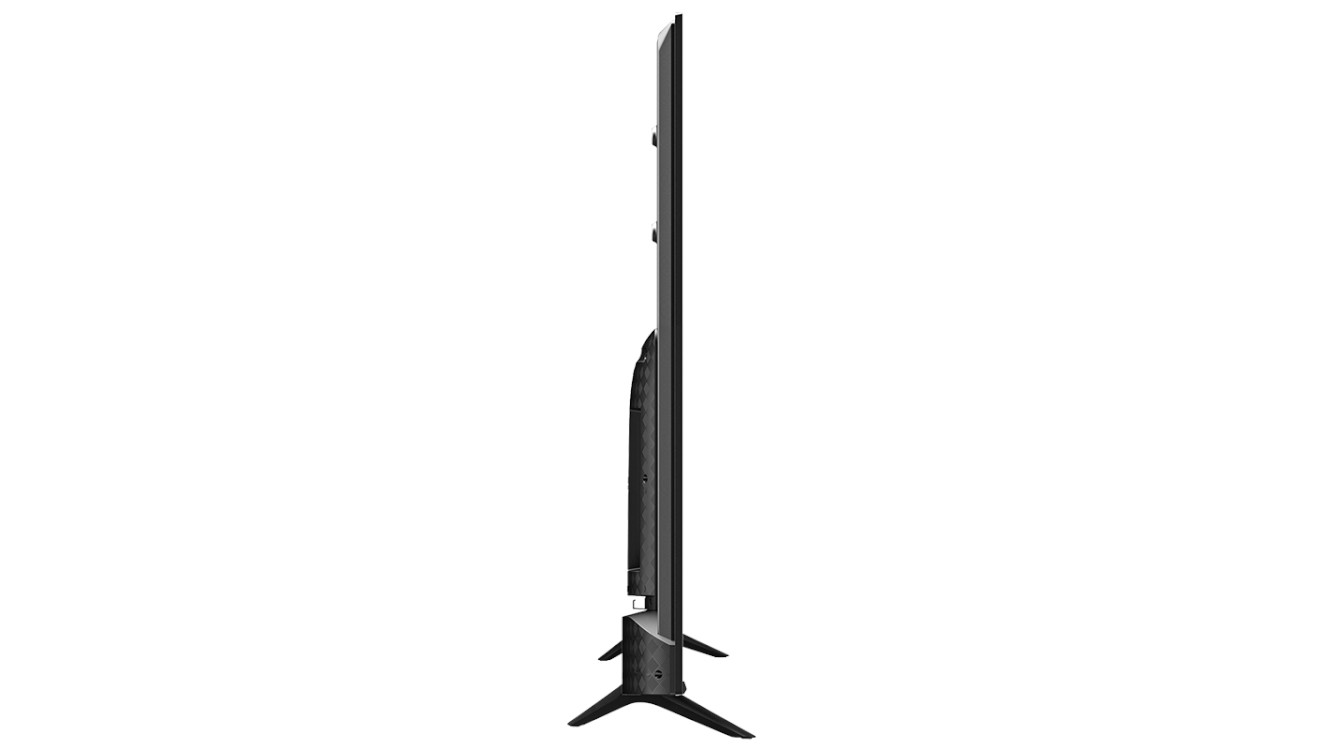
Audio Performance
- As with most TVs in this price range, if you can afford it, you should get a soundbar or pair of speakers to use with this TV.
- Still, the speakers aren’t terrible, even though they don’t offer a ton of bass, nor much detail in the high end.
The Hisense U6G is a visual powerhouse in the price range – but what about audio? Well, it does the job, but as is usually the case with budget TVs, if you afford to buy a pair of speakers or a soundbar, you should do so.
Now, that’s not to say that the audio quality here is terrible. It’s now, and in fact, without having a previous-gen Hisense TV to compare the U6G to, it does seem like Hisense’s budget TVs are getting better.
The speakers in this TV can get super loud – so much so that I rarely went above the 15 level except for testing purposes. At higher volumes, you will run into some distortion, but under normal listening it’s not bad. You won’t get a lot of bass, nor will you get much detail in the high-end, but as mentioned, the speakers here will do the job in a pinch.
Should you buy the Hisense U6G ULED TV?
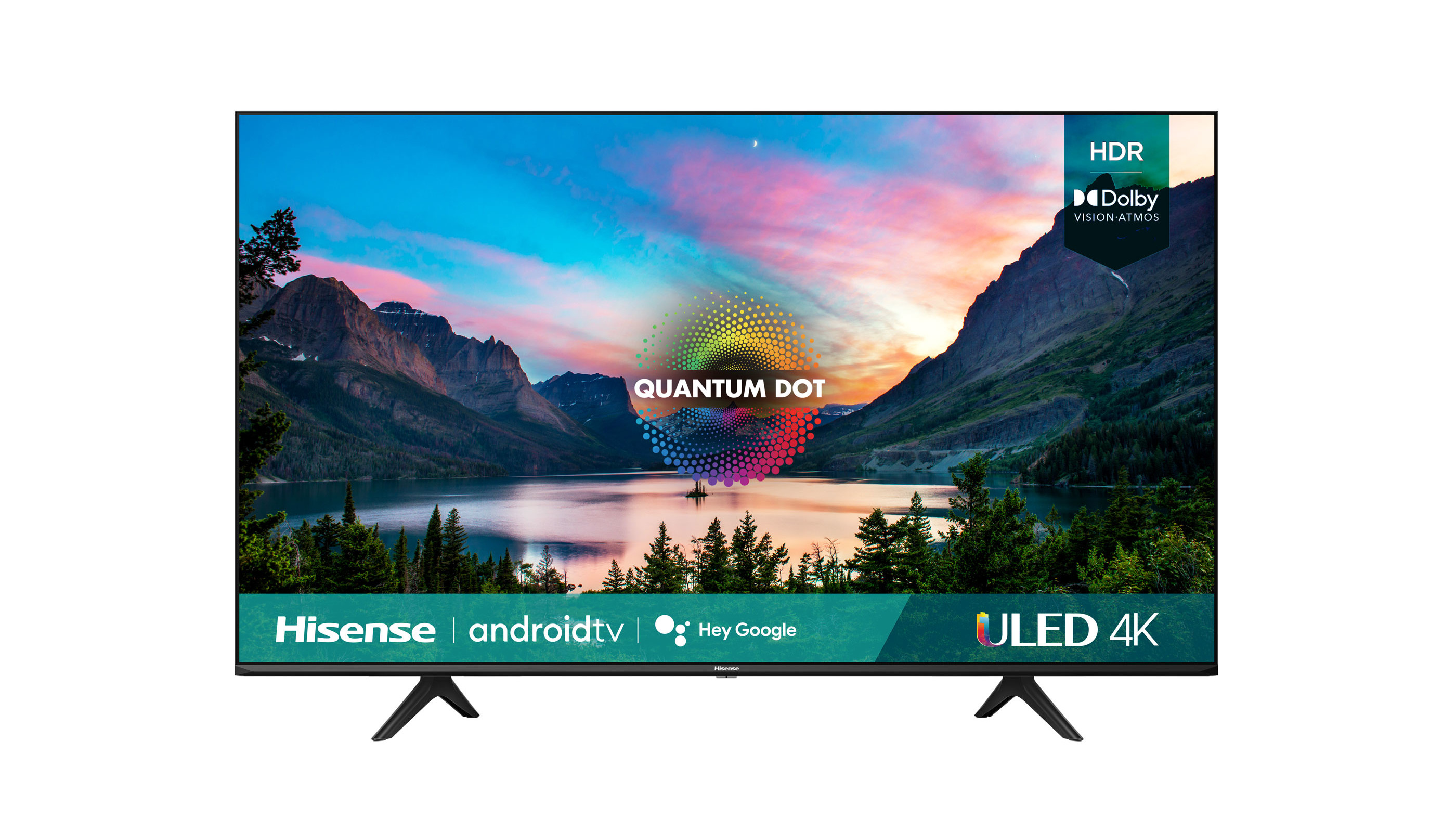
Buy it if...
You just want a great image quality
If you just want a solid image quality without too many extra bells and whistles, this TV is the way to go. It looks great, supports most important HDR standards, and more.
You’re a Google fan
The Hisense U6G doesn’t just look great – it has Android TV built into it too. That means that it will integrate with the rest of your Google devices, and that it has Google Assistant built into it, which you can use to control any connected smart home devices.
Don’t buy it if...
You’re a gamer that wants the bells and whistles
One step up will land you the Hisense U7G, which gets you a 120Hz panel with a variable refresh rate, HDMI 2.1 support, and more. It is around $200-$300 more expensive than the U6G, depending on the size you want, but for some it will be worth the cash.
You have more money to spend
Let’s be clear: the Hisense U6G is one of the best TVs in this price range, but if you have much more to spend, there are better options. Some of those options are from Hisense itself, while others come from the likes of Vizio and Samsung.
- Looking for a new big-screen TV? Check out our guide to the best TVs of 2021
0 comments:
Post a Comment